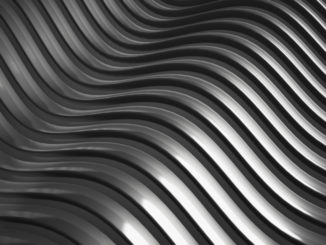
On today’s episode of “The Interview” with The Next Platform we talk with Doug Miles who runs the PGI compilers and tools team at Nvidia about the past, present, and future of OpenACC with an emphasis on what lies ahead in the next release.
Over the last few years we have described momentum with OpenACC in a number of articles covering everything from what it means in the wake of new memory options to how it pushes on OpenMP to develop alongside. Today, however, we take a step back with an HPC code veteran for the bigger picture and deeper dive into important new capabilities cooked into current and future OpenACC standard. Full audio interview in player below.
Miles has worked in HPC for over 30 years in math library development, benchmarking, programming model development, and software engineering management at Floating Point Systems, Cray Research Superservers, The Portland Group, NVIDIA and others. He shares his views about the most features ahead including deep copy and support for unified memory—both important additions for developers on machines like the forthcoming Power9/Volta GPU/NVlink “Summit” supercomputer.
We talk though some of the features in depth, including deep copy and why it matters for applications like VASP, which consumes double-digit percentages of the cycles at several computing centers worldwide. The VASP port was enabled by deep copy support in OpenACC 2.6 and the PGI compilers. We also talk about unified memory support—an important feature with the rise in number of GPU accelerated supercomputers using both the Pascal and Volta architectures
In addition to these and other topics, we look ahead to the GPU Technology Conference (GTC) at the end of March, which has over 25 sessions of relevance to the OpenACC programming community.
The full list of OpenACC specific material can be found here, but there are a few we highlight in the podcast, including the following of particular interest…
| Accelerating Molecular Modeling Tasks on Desktop and Pre-Exascale Supercomputers | John Stone – Senior Research Programmer, University of Illinois |
| An Agile Approach to Building a GPU-enabled and Performance-portable Global Cloud-resolving Atmospheric Model | Richard Loft – CO, National Center for Atmospheric Research |
| Analysis of Performance Gap Between OpenACC and the Native Approach on P100 GPU and SW26010: A Case Study with GTC-P | Stephen Wang – GPU Specialist, Shanghai Jiao Tong University |
| Porting VASP to GPUs with OpenACC | Markus Wetzstein – HPC DevTech Engineer, NVIDIA
Stefan Maintz – DevTech Engineer, NVIDIA |





Be the first to comment